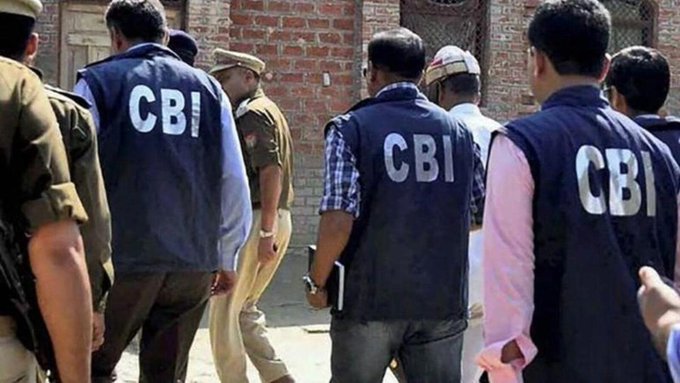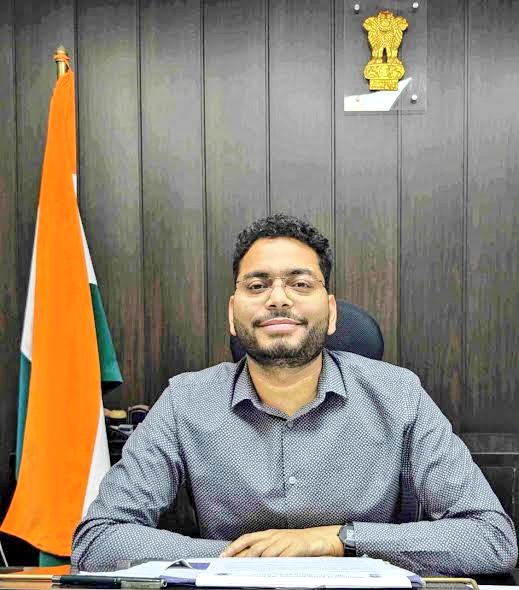UNITED NATIONS: India represented 6.4% of the global population of “zero-dose” children in 2024—those who did not receive a single routine vaccine—according to a new report released by the World Health Organisation (WHO) and UNICEF.
The data, published Monday, revealed that India also accounted for 49.2% of such children in South Asia, as per figures from WHO’s Regional Office for South Asia.
Zero-dose children are defined as those who have not received any routine immunisation, including the first dose of the DTP vaccine (diphtheria, tetanus, and pertussis). This figure is considered a critical indicator of access to healthcare and immunisation infrastructure.
The report is part of the WHO-UNICEF Estimates of National Immunisation Coverage (WUENIC), which is published annually to assess global and national progress.
According to Gavi, the Vaccine Alliance, of the 10.2 million zero-dose children in lower-income countries in 2024, nearly half (4.9 million) live in just five countries: Nigeria, DR Congo, India, Pakistan, and Ethiopia. However, Gavi noted that concerted efforts in countries like India, DR Congo, and Ethiopia have helped reduce the number of zero-dose children by around 500,000 in 2024.
Globally, 89% of infants—about 115 million—received at least one dose of the DTP vaccine, and 85%—roughly 109 million—completed all three doses. Compared to 2023, an additional 171,000 children received at least one vaccine, and 1 million more completed the full series.
Despite this progress, 14.3 million children globally remained zero-dose in 2024—4 million more than the 2030 target and 1.4 million above 2019 levels.
“Vaccines save lives and drive prosperity. It’s heartening to see progress, but we’re still far from where we need to be,” said WHO Director-General Dr Tedros Adhanom Ghebreyesus. He warned that funding cuts and vaccine misinformation threaten to undo decades of progress.
Children often remain unvaccinated due to limited access, supply disruptions, conflict, or misinformation. Data from 195 countries shows that 131 have consistently achieved 90% DTP1 coverage since 2019, but only 17 countries below that threshold have improved in the past five years. In contrast, 47 nations have seen stagnation or decline.
The report highlights the devastating impact of conflict: 25% of the world’s infants live in 26 fragile or conflict-affected countries, yet they represent half of all zero-dose children. In these nations, the number of unvaccinated children surged from 3.6 million in 2019 to 5.4 million in 2024.
While Gavi-supported countries have reduced un- and under-vaccinated children by 650,000 over the past year, signs of backsliding are emerging in upper-middle- and high-income countries. Even minor drops in coverage risk triggering disease outbreaks and strain health systems.
“We’ve made progress, but millions of children are still left behind,” said UNICEF Executive Director Catherine Russell. “We must act urgently to address funding gaps, fragile health systems, and misinformation. No child should die from a preventable disease.”












